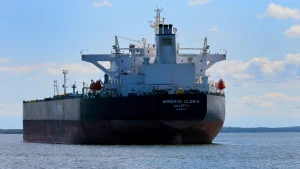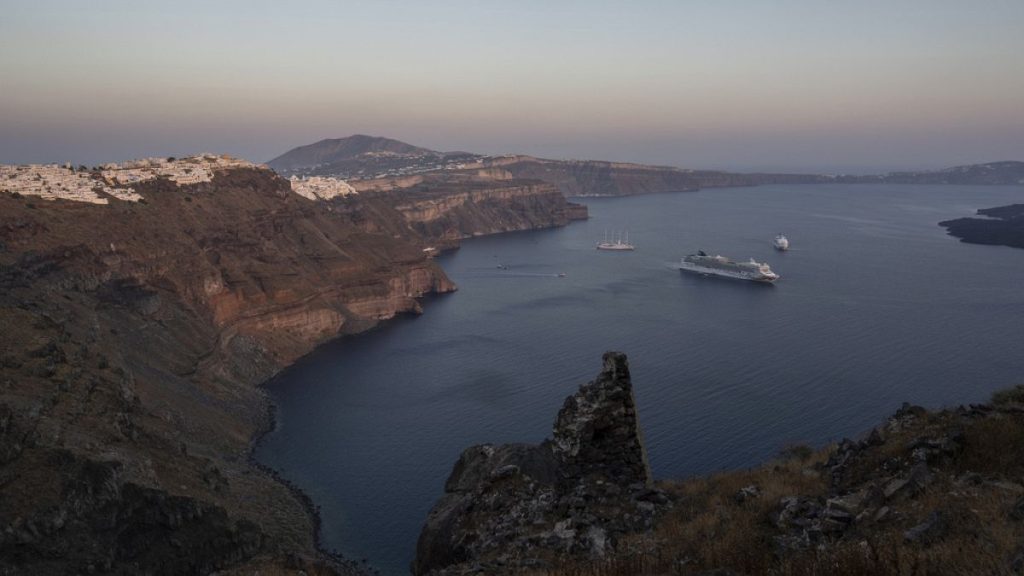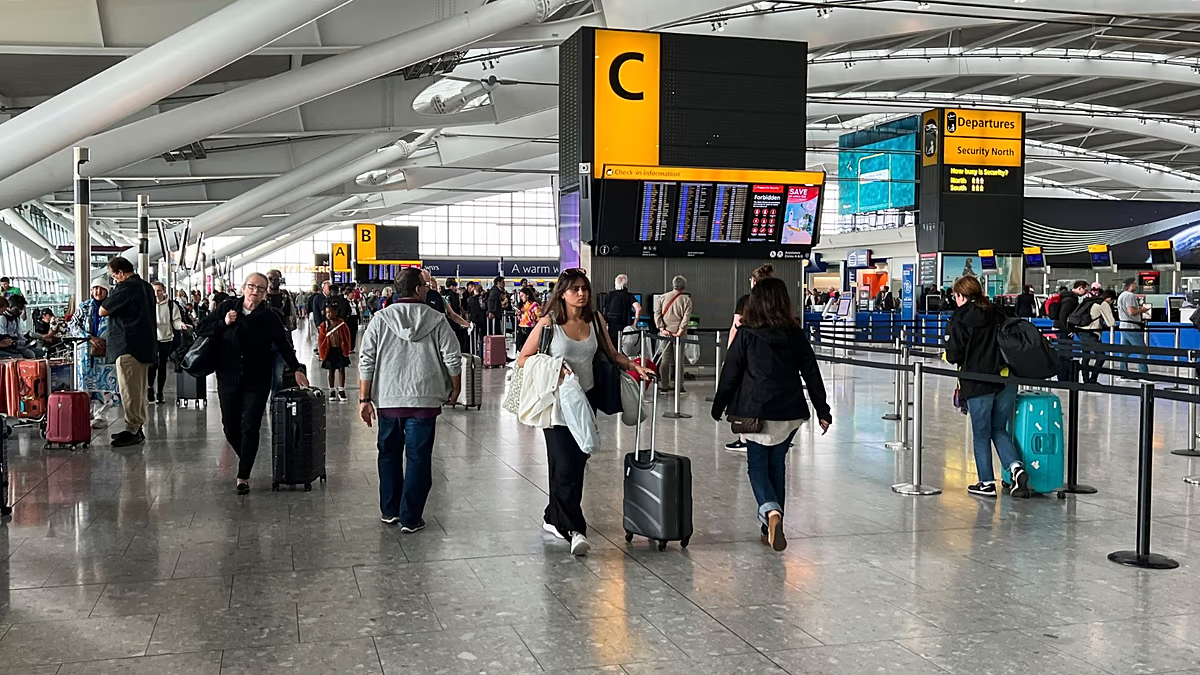The picturesque Greek island of Santorini, renowned for its stunning whitewashed villages perched atop volcanic cliffs, is currently experiencing a significant swarm of earthquakes, raising concerns among residents, tourists, and authorities. Over 200 undersea tremors, some reaching magnitudes of 5.0, have rattled the island and surrounding areas since Friday, triggering a series of precautionary measures. While experts assert that the seismic activity is tectonic and not directly related to Santorini’s volcano, the sheer number and frequency of the quakes have understandably caused anxiety and prompted a proactive response. The ongoing situation has led to the evacuation of thousands of residents, seasonal workers, and tourists from the Cycladic Islands, with ferry and flight operators increasing services to accommodate the exodus.
The Greek government, recognizing the potential risks associated with the seismic activity, has taken several steps to safeguard residents and visitors. Schools on Santorini and the neighboring islands of Amorgos, Anafi, and Ios have been temporarily closed. Authorities have advised people to avoid large indoor gatherings, steer clear of older buildings that might be more susceptible to damage, and stay away from areas prone to rock slides, a particular concern given the island’s dramatic cliffside topography. Hotels have been instructed to drain swimming pools to mitigate the risk of destabilization in the event of a larger quake, highlighting the seriousness with which officials are approaching the situation. The government has also designated specific gathering points on Santorini in preparation for a potential evacuation, though local officials emphasize these are precautionary measures and not necessarily indicative of an imminent large-scale event.
The earthquake swarm has not only disrupted daily life and tourism on Santorini but has also ignited a debate among seismologists about the potential implications of the ongoing seismic activity. While the current consensus is that the tremors are tectonic in origin, meaning they result from the movement of Earth’s tectonic plates, the unusual pattern and intensity of the quakes have raised questions. Some experts, like prominent Greek seismologist Gerasimos Papadopoulos, caution that the concentrated cluster of tremors between Santorini, Ios, Amorgos, and Anafi could be a precursor to a more significant seismic event. The northeastward shift of epicenters and the increasing magnitudes of the quakes further contribute to this concern, emphasizing the need for continued monitoring and preparedness.
The UK’s Foreign, Commonwealth & Development Office (FCDO), along with other international bodies, has issued travel advisories for the affected region, echoing the recommendations of the Greek Ministry of Civil Protection. These advisories urge visitors to avoid certain ports on Santorini known to be more vulnerable and to exercise caution when traveling, particularly in areas susceptible to landslides. They also advise immediate evacuation from coastal areas in the event of a strong tremor, underscoring the potential for tsunamis in earthquake-prone regions. These warnings highlight the importance of staying informed and adhering to local authorities’ guidance for anyone traveling to or currently in the affected area.
Santorini, a popular tourist destination attracting millions of visitors annually, is particularly vulnerable to seismic events due to its unique geological formation. The island’s iconic cliffs, formed by a massive volcanic eruption thousands of years ago, while visually spectacular, present inherent risks in earthquake scenarios. The cascading whitewashed villages that cling to these cliffs are not only exposed to the direct impact of tremors but are also at risk from rock slides triggered by ground shaking. The very features that draw tourists to the island—its striking topography and breathtaking views—also contribute to its vulnerability, making preparedness and adherence to safety protocols paramount.
The ongoing earthquake swarm in Santorini presents a complex challenge, demanding a delicate balance between maintaining calm and ensuring preparedness. While local authorities strive to reassure residents and visitors, emphasizing the precautionary nature of implemented measures, the underlying concern remains palpable. The uncertainty surrounding the potential for a larger seismic event, coupled with the island’s inherent geological vulnerability, necessitates continued vigilance and adherence to safety guidelines. The situation serves as a stark reminder of the powerful forces of nature and the importance of proactive measures to mitigate risks in earthquake-prone areas. The ongoing monitoring of seismic activity, combined with public education and preparedness initiatives, will be crucial in navigating this challenging period and ensuring the safety of both residents and visitors to the beautiful but vulnerable island of Santorini.












